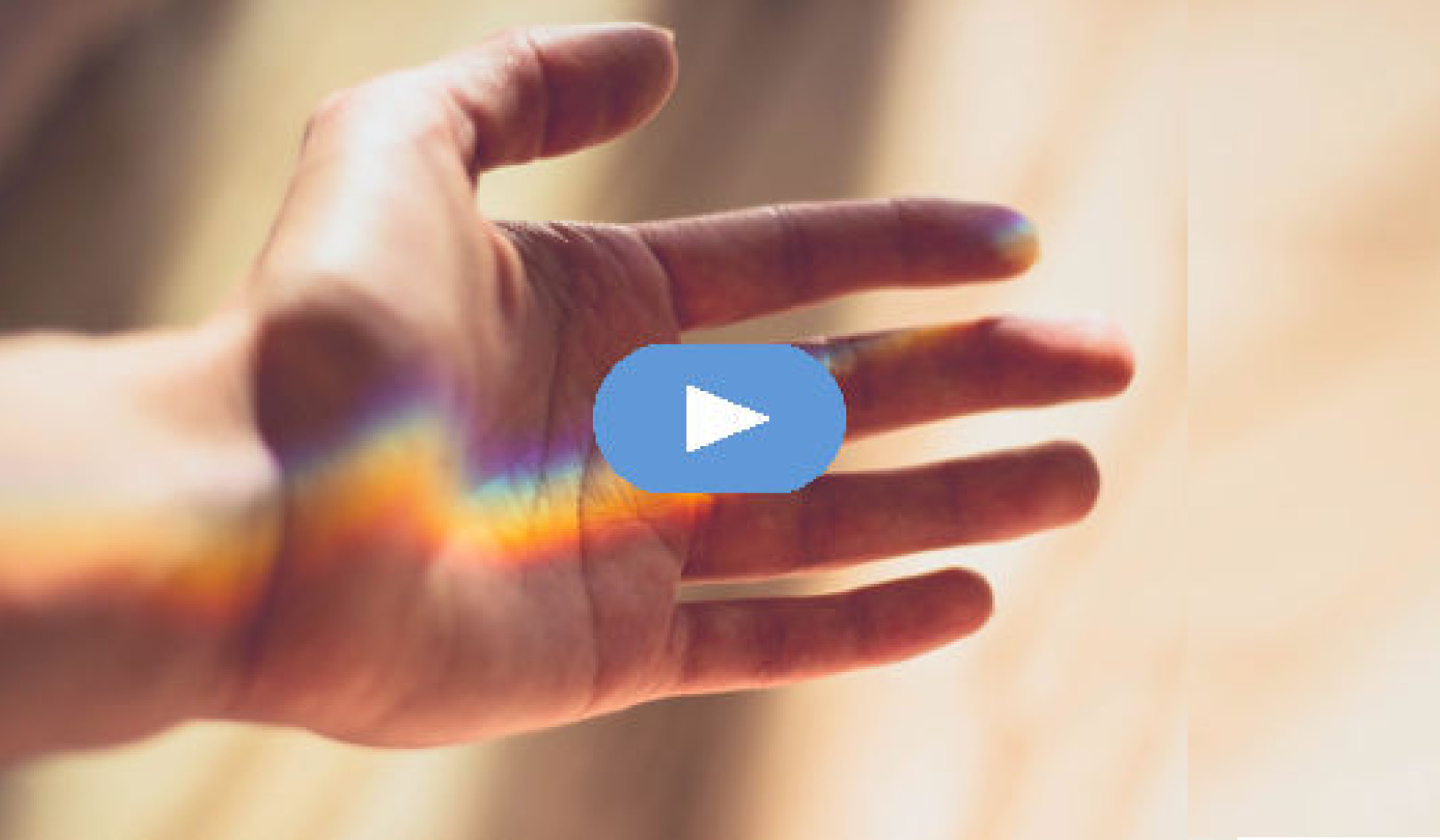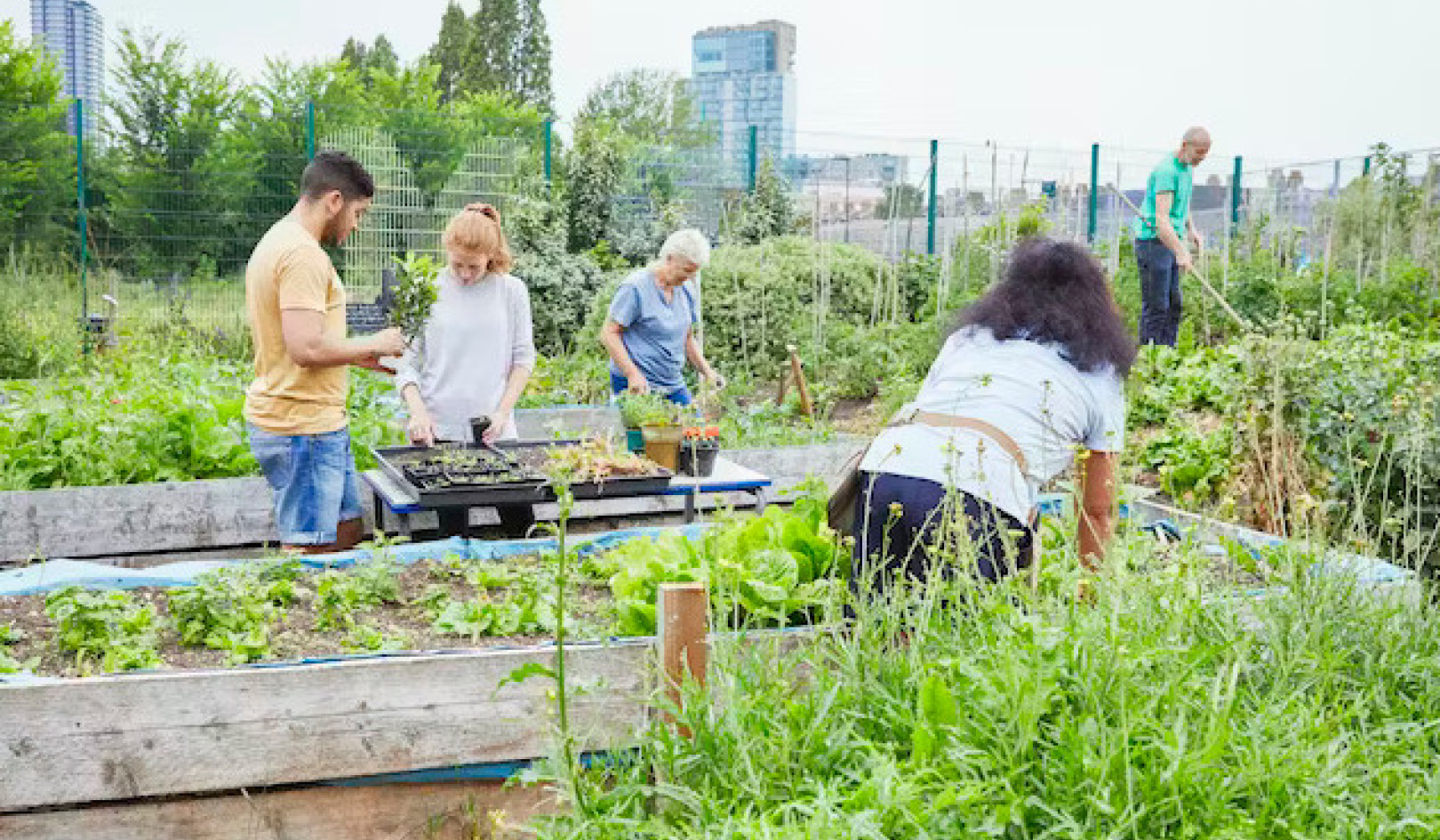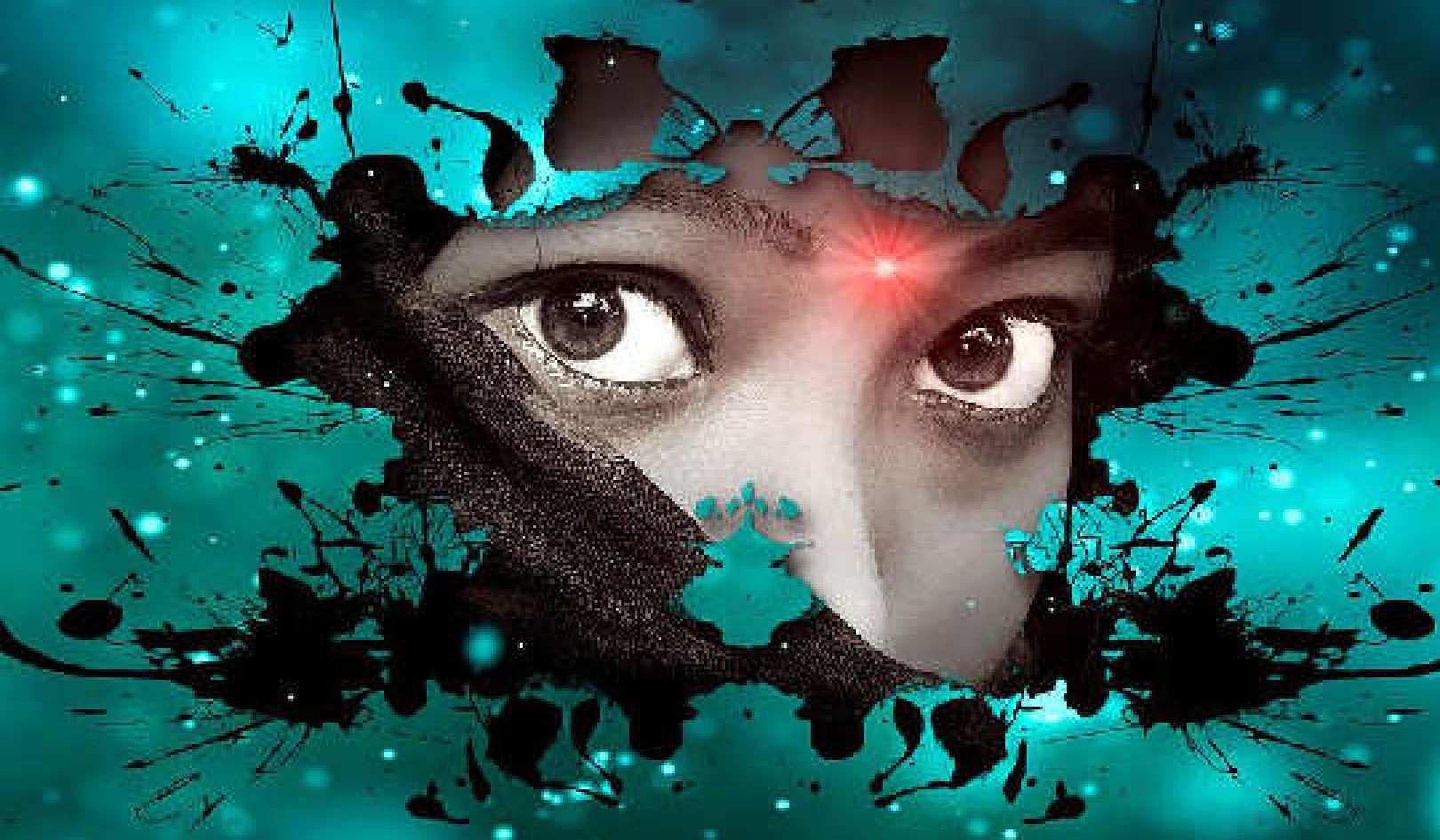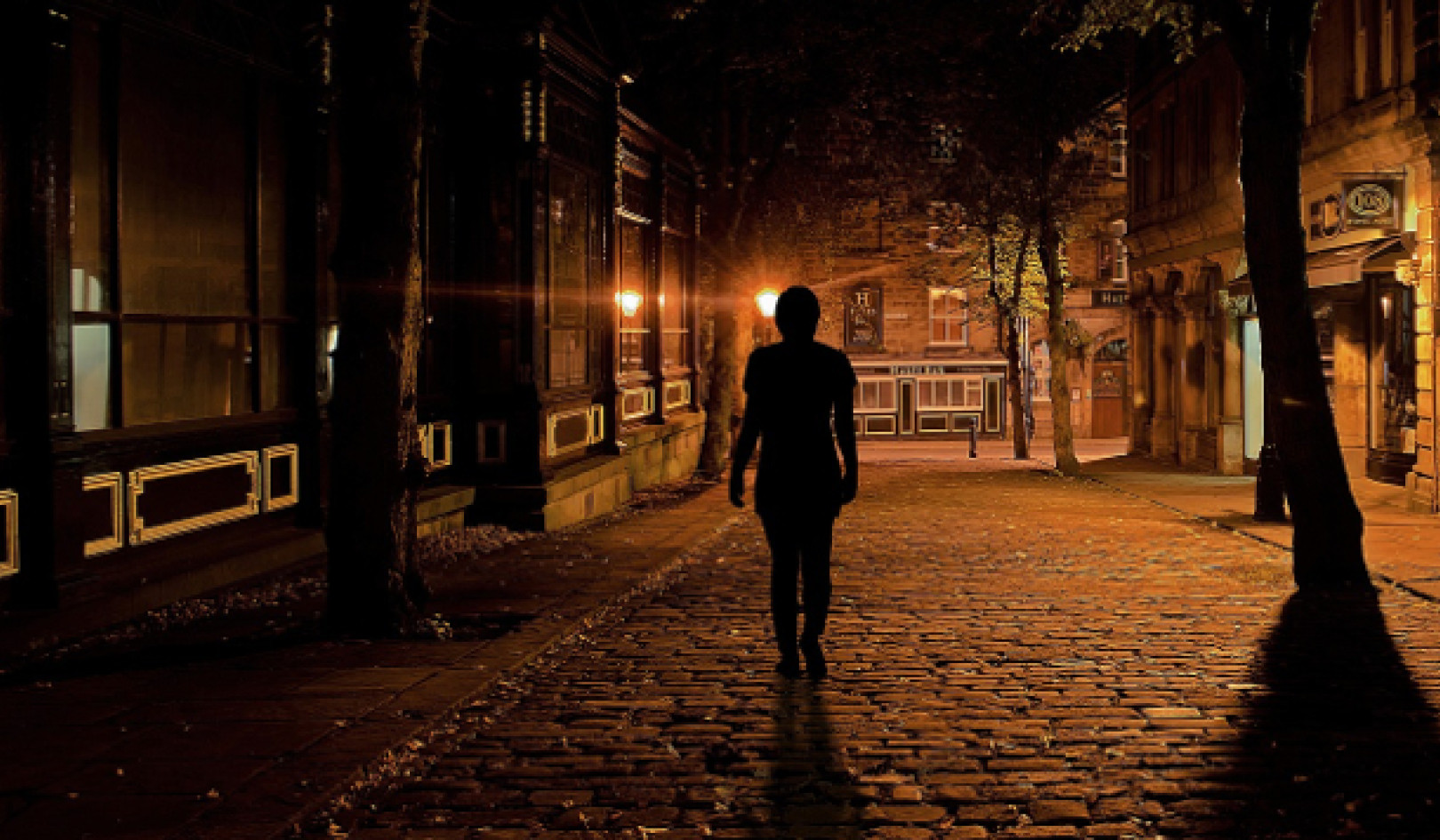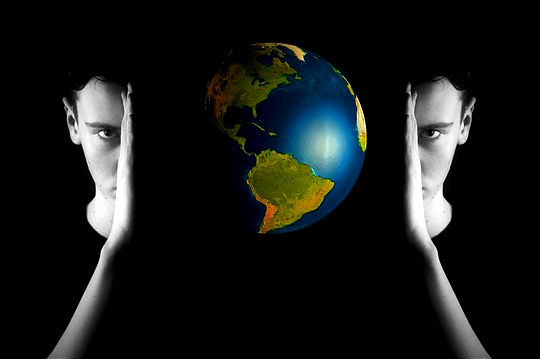
Image by Gerd Altmann
In a real sense all life is interrelated. All are caught in an inescapable network of mutuality.... Whatever affects one directly, affects all indirectly.... This is the interrelated structure of reality. – DR. MARTIN LUTHER KING JR.
During the U.S. civil rights movement in the 1950s and 1960s, Dr. Martin Luther King Jr. spoke eloquently about how, when one segment of society is downtrodden, the whole of society is impoverished. This radical notion asks us to step outside of the limited perspective of our tribal loyalties — which can limit our empathy and concern to only a narrow sector of people like us — and instead feel our shared humanity. It asks us to see ourselves not just as separate individuals, families, and nations but as interconnected, interdependent communities sharing one world. When we do that, compassion and care are more likely natural outcomes.
With that said, it is natural and healthy for marginalized communities who experience discrimination to identify with those who share their identity (however it’s defined) and to seek safety and refuge within that community. The challenge for all people, as Dr. King expressed, is to do both: to care for one’s own “tribe” while acknowledging our shared humanity.
Stretching To Include All Of Humanity
To stretch one’s capacity for inclusivity to include all of humanity is not an easy thing to do, either for individuals or for communities or nations. For instance, in recent years, many countries have struggled to cope with surges in immigration, especially by those fleeing war in their home countries. Across Europe, refugees of wars in Syria, Iraq, and Afghanistan have sought protection, acceptance, and help establishing a new life on foreign soil.
National debates over whether to allow immigrants and how to treat them reflect how people characterize our common humanity. Some open their homes to refugees, providing food and shelter, and so exemplify Dr. King’s expression of mutuality. Others would keep immigrants out and characterize these people as different, problematic, and even a dangerous threat to the fabric of their nation.
Interestingly, when one looks at history, most nations were formed, at least in part, by migrations of people no different than the ones occurring today. However, these complex social issues are rooted in a core dilemma that each of us faces: the sense of separateness or connectedness that defines our individual lives, our worldview, our political persuasions, and our social actions.
Such issues are also impacted by our evolutionary heritage, which has hardwired us to look for difference rather than perceive similarity. We are programmed to orient to our “in group”: our family, tribe, and people. With awareness, we can become aware of how this perspective can fuel bias and unconscious prejudice.
Carving Up Reality into Dualities
In addition, our brain creates a perceptual illusion of separation, which we tend to believe most of the time. We see ourselves as separate individuals, and we carve up reality into dualities: this and that, self and other, us and them.
This misperception feeds a sense of disconnection. We can look out across a sea of people in a busy city street or at a party and feel alone, isolated, as if we existed separately from others and even from life. A tree seems to have nothing to do with us, but it helps create the oxygen we inhale. The clouds above seem remote and unrelated, but the water they release helps sustain us.
So when we look deeply, we can see through that cognitive illusion and discover just how deeply intertwined everything is. We can move beyond our limited perception, as Einstein wrote:
“A human being is part of the whole, called by us ‘Universe’; a part limited in time and space. He experiences himself, his thoughts and feelings, as something separated from the rest — a kind of optical delusion of his consciousness.”
The Vietnamese mindfulness teacher Thich Nhat Hanh has described it in a similar way when he asks students what they see as he holds a piece of paper in the air. They, of course, say they see paper. He replies that they are also seeing rain, forests, sunlight, oxygen, and the cycles of the moon. Everything is interconnected.
When we believe we are separate, we are more likely to suffer because we feel lonely, isolated, and overwhelmed by the scale of the world’s problems. When we understand our connection with all life, we sense how embedded we are into the fabric of the world.
From that perspective, nothing we do is insignificant. We realize we are part of a whole, something much greater than our small, separate ego self. Our lives are inherently intertwined with everyone else’s lives, and so tackling societal and global problems is part of how we take care of our own lives, and vice versa. Our actions can affect much more than our own lives because we are all in this together. In 1955, when Rosa Parks engaged in civil disobedience by sitting in the white section of a segregated bus, she sat alone, but she acted as part of the broader civil rights movement, which demanded inclusion, acceptance, and equal rights, not separation.
Social justice movements are rooted in interconnection. They propose that it’s not enough for some to succeed at the expense of others; all of society must flourish as one. This was particularly true for the Occupy movement that rose up in 2011 to demonstrate against social and economic inequality.
Separation Is An Illusion
Another vivid example of how separation is an illusion is when we look at ecology. Climate change and the planet’s mounting environmental catastrophes threaten all people and all species alike. These issues reveal our intimate connectedness on a daily basis. Fossil fuels burned in the Northern Hemisphere create atmospheric conditions that melt ice sheets in Antarctica, raise sea levels in the Mediterranean, and threaten Pacific Ocean islands. The world’s economies are similarly linked: a meltdown in the Japanese economy can affect the lives of Chilean soybean farmers and Icelandic fishing communities.
Homo sapiens were once wholly tribal. In his book Sapiens, Yuval Noah Harari describes how, as a species, we evolved in small roaming bands of hunter-gatherers with a maximum size of 150 people. We survived by responding to immediate threats and opportunities, moving with the seasons.
Today, you could say all people live in a global village, one connected by technology, transportation, and communication. We are profoundly interdependent: local problems reflect global problems, and local solutions can radiate out, with far-reaching consequences.
In essence, global circumstances now ask us to wake up to a reality that we were not evolutionarily designed for. People worldwide are being asked to see beyond the immediate concern of themselves and their country and beyond the limited timescale of their own life span to include countless future generations. The question for our species is whether we can adapt in time to respond quickly enough to the looming crisis that now faces everyone.
It's Time For Humanity To Join Together
Humanity has proven that it can come together to respond effectively to global problems. For example, in 1987, the growing hole in the ozone layer caused by CFCs (and other chemicals) was effectively thwarted by passage of the pioneering Montreal Protocol, which banned these chemicals worldwide.
Such collective vision and action is necessary again to solve the even greater challenge of climate change. This requires radical action by all nations, whether or not they currently feel the full brunt of the consequences of global warming.
The 2016 UN-sponsored Paris Agreement was one attempt to take collective action, but so far this isn’t enough to make any significant impact on the heating of the atmosphere. In essence, the technological know-how is there; the political will and urgency and the ability to see beyond our immediate concerns are not. At least not yet.
Whether humans, political entities, and corporations can resolve such global issues depends on whether we can collectively create a vision that connects us, not just with the wider global community, but also to future generations. Taking into account such a broad scope of time is something humanity has yet to do successfully. Time will tell whether we can do so now.
The Prison Of Individualized Consciousness
Understanding the prison of our individualized consciousness and the limitations of our tribalistic perspective can nudge us toward a large vantage point. As an example of how awareness practice can help with this, I want to share a letter that Jared, a meditation student, sent to me. He wrote:
"I was in the middle of a three-month meditation retreat at Tassajara, a Zen monastery in central California. As I was meditating for the sixth or seventh hour one day, a new, life-altering awareness arose in me. I realized that I was not who I had always thought I was. I was not the star of my own Shakespearean drama. I was actually everyone and everything in the whole universe. To try to be even more precise, I’ll share some wisdom from the founder of my school of Zen, Dogen Zenji. He said, “The truth is, you are not it. It is you.” In other words, what became clear wasn’t that I was the universe, but that the universe was me.
"At that time, the US was bombing Iraq, deforestation was rampant, and estimates were that humans were sending about two hundred different species into extinction every day. I thought about all that and more, and I cried. I don’t have the words to express how sad it made me to see how much suffering is born from the delusion that we are disconnected from one another and the Earth.
"When the meditation ended, I glanced around at the other practitioners. It was like I was the left hand and they were the right hand of the same body. And in the same way that the left hand tends to the right hand without hesitation if it needs help, when I felt their emotional pain and the pain from their aching bodies, love poured out of me. I would have done anything for them. And what dawned on me is possibly the most important lesson that we have to learn in today’s day and age: When we become aware of who we really are, our love gets unleashed."
The Only Solutions Are Communal
At the end of the day, with our planet in ecological crisis, and people worldwide suffering from poverty, war, and inequality, the only solutions are communal. There can be no “out group” anymore because what affects one part of the planet affects all the others. Pollution is the obvious example, but immigration is another. If all places valued healthy environments and social justice, perhaps there would be no mass movements of people from one place to another.
We only have one small planet, and everyone has to go somewhere. If we don’t realize how utterly interdependent we are on one another and this planet, we will literally drown under rising seas, which will breach whatever wall we erect to keep people out.
During a meeting with Joanna Macy, a scholar and elder in the environmental movement, about how we should respond to the pressing ecological crisis, she emphasized how essential it is for people to not act alone. She said it is vital to engage with others in a shared goal. She added that it matters more that people work together, engaging and supporting one another, than succeed in any particular project.
Doing nothing leads to alienation, hopelessness, and numbness. Acting in collaboration means making positive impacts in the world and within ourselves, as we erode the corrosive sense of separation that is at the root of so many of our problems.
PRACTICE: Developing Interconnectedness
To sense interconnection requires a cognitive shift, as well as a movement, an opening or expansion of the heart. We tend to perceive things at face value, to see only what is immediately in front of us, and so we often miss the deeper weave of connection. This is particularly true when we consider the ecological impact of our actions and choices.
In this contemplation, consider simple everyday activities in your life: driving your car, taking baths, playing golf, flying for work, eating exotic food in restaurants, buying produce from other countries. Then reflect on all the causes and consequences of such simple actions. With each activity, think about all the impacts they have, including resources, other creatures, and the planet.
For example, if you enjoy taking long hot baths, reflect on where your water comes from, the energy to transport and heat the water, and the environmental impact of those things. Likewise, if you love eating strawberries year round, consider the distance these fruits must travel and the ecological impact of that. If you drive a car, consider the factories that make that car, the people working on the production line, the gas it uses, the pollution it causes, the activities it allows, the roads it requires, the consequences to human health, and so on.
In the same way, reflect on the effect when you decide to have lentil soup for lunch rather than a burger. That simple choice, if followed by millions around the world every day, affects methane levels, deforestation, and precious lives.
Everything is connected. Every action has a consequence. Everything we do affects others and the earth and its limited resources. Awareness of those connections helps us to not take them for granted.
This reflection is not meant to foster judgment or guilt. Not every connection or impact is negative. But each action we take is woven into an interconnected tapestry that literally includes every being on the earth.
Environmentalists remind us that if everyone lived at the same standard of living as North Americans, we would need several planets to handle the demand for resources. In this contemplation, as you reflect on this, notice what arises in your heart and mind, and throughout your day, continue to consider how the ways you act and live affect the welfare of all life, including your own.
©2019 by Mark Coleman. All Rights Reserved.
Reprinted with permission of the publisher,
New World Library. http://www.newworldlibrary.com
Article Source
From Suffering to Peace: The True Promise of Mindfulness
by Mark Coleman
 Mark Coleman, who has studied and taught mindfulness meditation for decades, draws on his knowledge to not only clarify what mindfulness truly means but also reveal the depth and potential of this ancient discipline. Weaving together contemporary applications with practices in use for millennia, his approach empowers us to engage with and transform the inevitable stress and pain of life, so we can discover genuine peace — in the body, heart, mind, and wider world. (Also available as a Kindle edition.)
Mark Coleman, who has studied and taught mindfulness meditation for decades, draws on his knowledge to not only clarify what mindfulness truly means but also reveal the depth and potential of this ancient discipline. Weaving together contemporary applications with practices in use for millennia, his approach empowers us to engage with and transform the inevitable stress and pain of life, so we can discover genuine peace — in the body, heart, mind, and wider world. (Also available as a Kindle edition.)
About the Author
 Mark Coleman is a senior meditation teacher at Spirit Rock Meditation Center in Northern California, an executive coach, and the founder of the Mindfulness Institute, which brings mindfulness training to organizations worldwide. He's led Insight Meditation retreats since 1997, both at Spirit Rock Meditation Center, where he's based, and throughout the United States, Europe, and India. He also teaches contemplative retreats for environmental leaders. He is currently developing a wilderness counseling program and a yearlong training in wilderness meditation work. He can be reached at http://www.markcoleman.org.
Mark Coleman is a senior meditation teacher at Spirit Rock Meditation Center in Northern California, an executive coach, and the founder of the Mindfulness Institute, which brings mindfulness training to organizations worldwide. He's led Insight Meditation retreats since 1997, both at Spirit Rock Meditation Center, where he's based, and throughout the United States, Europe, and India. He also teaches contemplative retreats for environmental leaders. He is currently developing a wilderness counseling program and a yearlong training in wilderness meditation work. He can be reached at http://www.markcoleman.org.
More books by this author
at InnerSelf Market and Amazon

























